Powder coated aluminum cladding is a durable and versatile solution widely used in building exteriors and interiors. It involves applying a dry powder electrostatically to aluminum surfaces, then curing it under heat to create a hard, protective layer. This process results in a finish that offers excellent resistance to corrosion, abrasion, and weathering, making it ideal for long-lasting architectural applications.
The powder coating provides a broad range of color options and textures, allowing designers and builders significant flexibility to achieve both aesthetic and functional goals. Beyond its appearance, the coating is low maintenance and maintains color vibrancy despite exposure to UV rays and harsh weather conditions.
Its combination of strength, longevity, and design adaptability has made powder-coated aluminum cladding a popular choice for facades, siding, and various metal panel applications across many construction projects.
Powder Coated Aluminum Cladding Overview
Powder coated aluminum cladding offers a durable and aesthetically versatile surface for building exteriors. It involves a protective finish that enhances both performance and appearance. This cladding type is widely used in various architectural settings for its long lifespan and low upkeep.
What Is Powder Coated Aluminum Cladding?
Powder coated aluminum cladding consists of aluminum panels coated with a dry powder applied electrostatically. The powder is then cured under heat, creating a hard, protective layer that bonds firmly to the metal surface.
This process produces a uniform and consistent finish that resists scratching, fading, and corrosion better than traditional wet paint. The powder-coated layer also allows for a wide range of colors and finishes, making it customizable for different design preferences.
Benefits of Powder Coating for Aluminum Cladding
Powder coating improves aluminum cladding by offering enhanced durability and longevity. The coating resists weathering, UV rays, and chemicals, maintaining appearance and structural integrity over time.
Its low maintenance requirements reduce the need for frequent repainting or repairs. Powder coating also improves fire resistance compared to some other cladding finishes, adding to building safety.
This finish is environmentally friendly since it emits fewer volatile organic compounds (VOCs) during application. Additionally, it provides a high-quality, consistent look that supports both functional and aesthetic goals in construction.
Common Applications in Modern Architecture
Powder coated aluminum cladding is frequently used on commercial buildings, residential exteriors, and public structures. Its adaptability allows it to fit various architectural styles from contemporary to traditional.
It is commonly applied to facade panels, curtain walls, and decorative fins. Designers use it to enhance building exteriors with vibrant colors, metallic finishes, or textured surfaces.
The material’s strong resistance to environmental factors also makes it suitable for coastal and industrial areas where corrosion can be a concern. Its combination of performance and design flexibility supports diverse architectural needs.
Performance and Design Considerations
Powder-coated aluminum cladding delivers specific benefits in durability, aesthetics, and practical use. Its long-term resistance and extensive customization options make it suitable for a variety of architectural needs. Proper installation practices are critical to maintain its performance and visual appeal.
Durability and Weather Resistance
Powder-coated aluminum cladding is highly resistant to corrosion, UV rays, and harsh weather conditions, including rain, sunlight, and coastal environments. The powder coating forms a tough, protective layer when heat-cured, which significantly extends the lifespan of the aluminum substrate.
High-performance coatings like polyester and fluorocarbon (PVDF) powders can last 20 to 25 years under normal environmental stress. This coating prevents fading, peeling, and chalking, ensuring consistent appearance and structural integrity over time. Its corrosion resistance makes it well suited for public and commercial buildings exposed to extreme weather.
Maintenance is minimal, typically requiring only periodic cleaning with mild detergents to preserve the surface quality.
Color and Finish Options
Powder coating offers a broad palette of colors and textures, ranging from matte to high gloss finishes. This flexibility allows architects and designers to tailor exteriors to meet specific aesthetic requirements and harmony with surrounding structures.
The coating can simulate effects like metallic sheen or rough textures without compromising durability. It can be customized in virtually any RAL or Pantone color, enhancing versatility for architectural expression.
Additionally, powder-coated surfaces resist scratching and wear better than many other finishes, contributing to their longevity and attractiveness. This wide range of options supports both creative designs and consistency in large-scale projects.
Installation Best Practices
Proper surface preparation is crucial. The aluminum must be thoroughly cleaned and free of oils or contaminants before powder coating application to avoid adhesion failure or uneven finishes.
Installers should use appropriate fasteners and consider thermal expansion properties of aluminum to prevent deformation or damage. Panels need secure, even mounting to maintain aesthetic alignment and structural performance.
Sealing joints and edges protects against moisture intrusion, preventing corrosion beneath the coating. Attention to handling practices during shipping and installation helps avoid scratches or chips, preserving the finish integrity from factory to site.
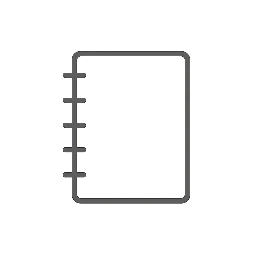
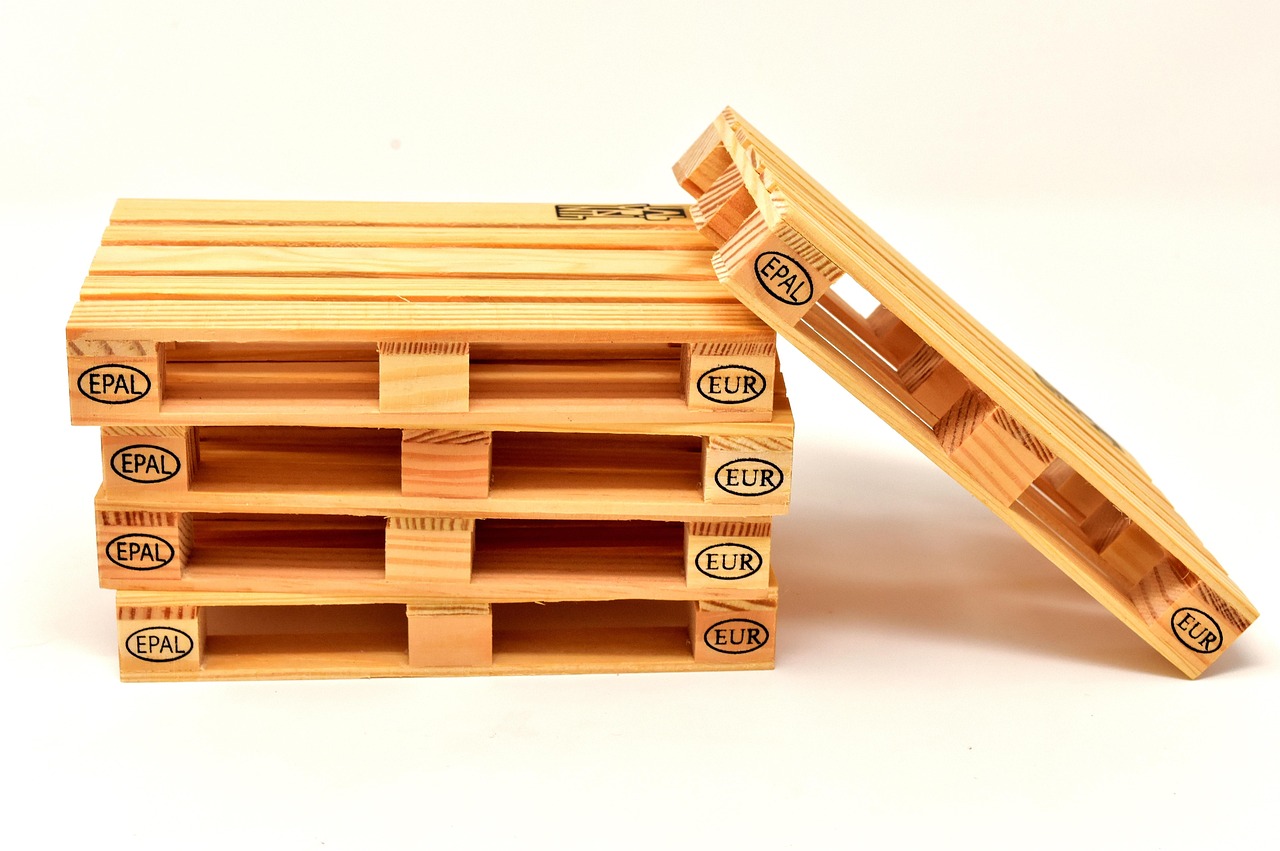

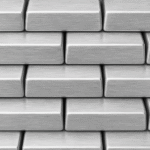

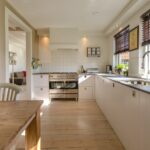

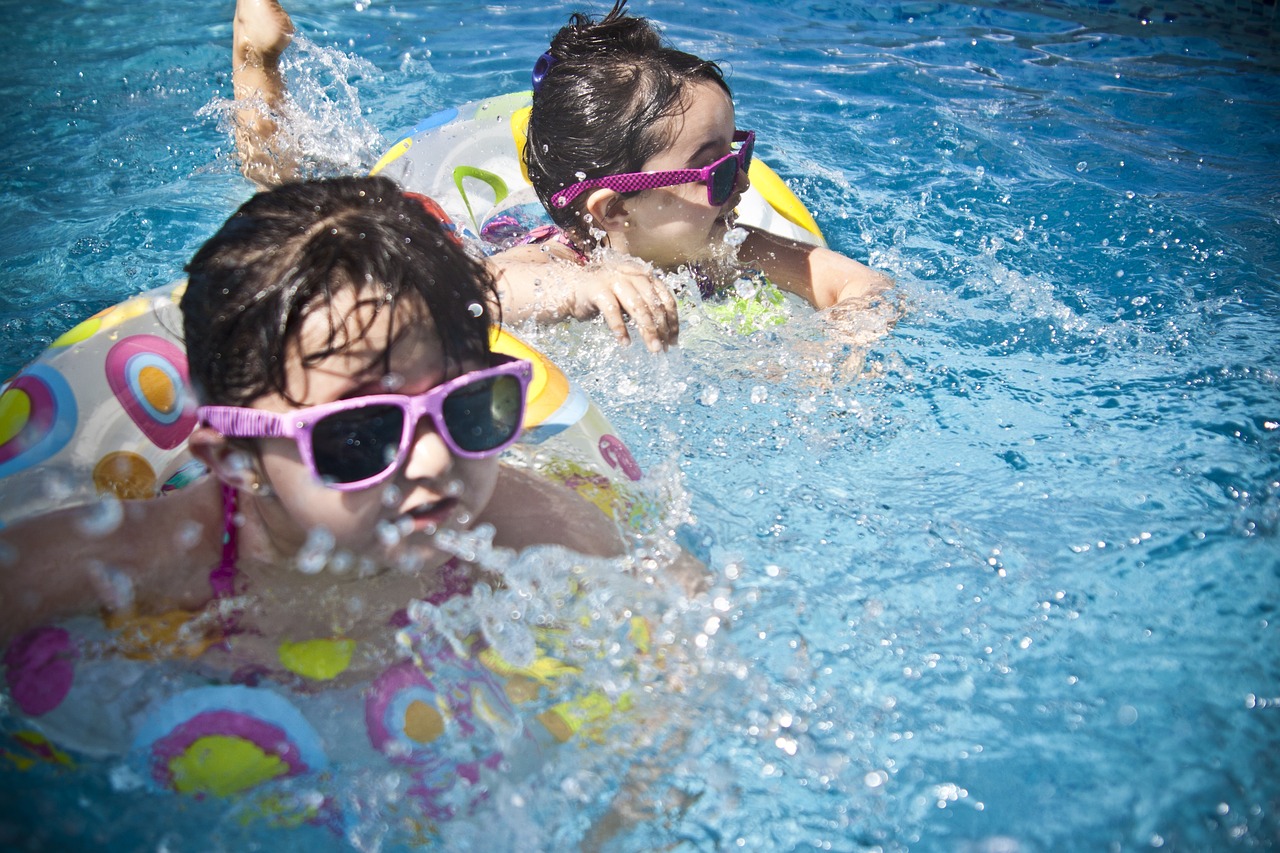

Leave a Reply